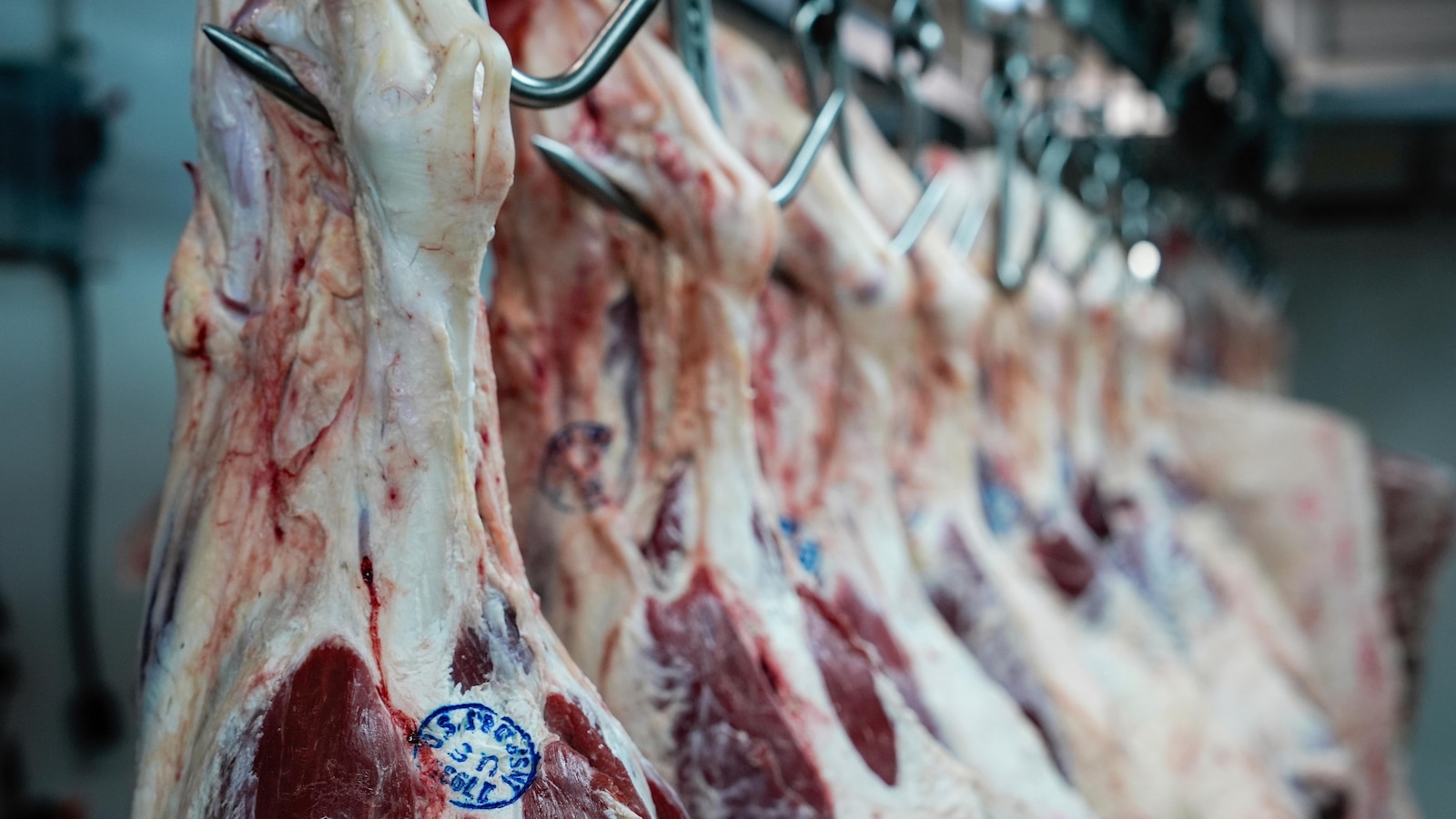The Last Meatpacker: Preserving Tradition Amidst Transformation
In the heart of Manhattan’s Meatpacking District, where cobblestone streets now lead to luxury boutiques and upscale eateries, one man stands as a testament to the neighborhood’s storied past. John Jobbagy, a third-generation meatpacker, remains the sole guardian of a legacy that dates back over a century. As the district evolves into a symbol of New York City’s relentless gentrification, Jobbagy’s steadfast presence offers a poignant reminder of its industrial roots.
A Legacy Carved in Meat
Jobbagy’s connection to the Meatpacking District is deeply personal. His grandfather, an immigrant from Budapest, established a butcher shop in the area in 1900. Over the decades, the family business thrived, contributing to a bustling hub that, by the mid-20th century, housed over 200 slaughterhouses and packing plants. This concentration of meat-related enterprises earned the neighborhood its evocative name.
However, the latter half of the 20th century brought significant changes. Advances in refrigeration and transportation led many meatpacking operations to relocate or close, paving the way for a new era in the district’s history.
Gentrification: A Double-Edged Sword
The transformation of the Meatpacking District is a classic tale of urban gentrification. Once characterized by its gritty industrial atmosphere, the area began attracting nightlife venues in the 1970s, many catering to the LGBTQ+ community. This shift set the stage for further change, as fashion designers, art galleries, and high-end retailers moved in, drawn by the neighborhood’s edgy charm.
The opening of the High Line in 2009, a public park built on a defunct elevated rail track, further accelerated the district’s metamorphosis. The park became a major attraction, bringing an influx of tourists and new businesses. The Whitney Museum of American Art’s relocation to the area in 2015 cemented its status as a cultural hotspot.
While these developments revitalized the neighborhood, they also led to soaring property values and rents, making it increasingly challenging for traditional businesses to survive. The district’s identity shifted from an industrial enclave to a playground for the affluent.
Jobbagy’s Resilience
Amidst these sweeping changes, Jobbagy remained committed to his craft. Operating from the Gansevoort Market, he supplied high-end restaurants with fresh meat, maintaining the quality and personal touch that had defined his family’s business for generations. His dedication provided a tangible link to the district’s past, even as the world around him transformed.
However, the pressures of gentrification proved insurmountable. In 2024, Jobbagy and the remaining tenants of the Gansevoort Market agreed to vacate their premises to make way for new developments, including affordable housing and cultural spaces. Reflecting on this decision, Jobbagy remarked, “The neighborhood I grew up in is just all memories. It’s been gone for over 20 years.”
The Broader Implications
Jobbagy’s story is emblematic of a broader trend affecting urban centers worldwide. As cities evolve, traditional industries and the communities built around them often find themselves displaced. The Meatpacking District’s transformation raises important questions about the balance between development and preservation.
While gentrification can bring economic growth and revitalization, it can also erode the cultural and historical fabric of neighborhoods. The loss of businesses like Jobbagy’s represents not just an economic shift but a cultural one, as unique local identities give way to homogenized urban landscapes.
Looking Ahead
As the Meatpacking District continues to evolve, efforts are underway to honor its rich history. The designation of the Gansevoort Market Historic District in 2003 and its addition to the National Register of Historic Places in 2007 aim to preserve the architectural character of the area. Additionally, new developments plan to incorporate cultural spaces that reflect the neighborhood’s diverse past.
For visitors and residents alike, the district offers a unique blend of old and new. Walking its streets, one can appreciate the juxtaposition of historic buildings and modern establishments, a testament to New York City’s ever-changing landscape.
Conclusion
John Jobbagy’s departure marks the end of an era for the Meatpacking District. His story serves as a poignant reminder of the individuals and industries that once defined the neighborhood. As the district moves forward, it carries with it the echoes of its past, a complex tapestry of tradition and transformation.
For those interested in exploring the Meatpacking District’s history further, the Meatpacking District Official Website offers a wealth of information and resources.
See more Business Focus Insider

